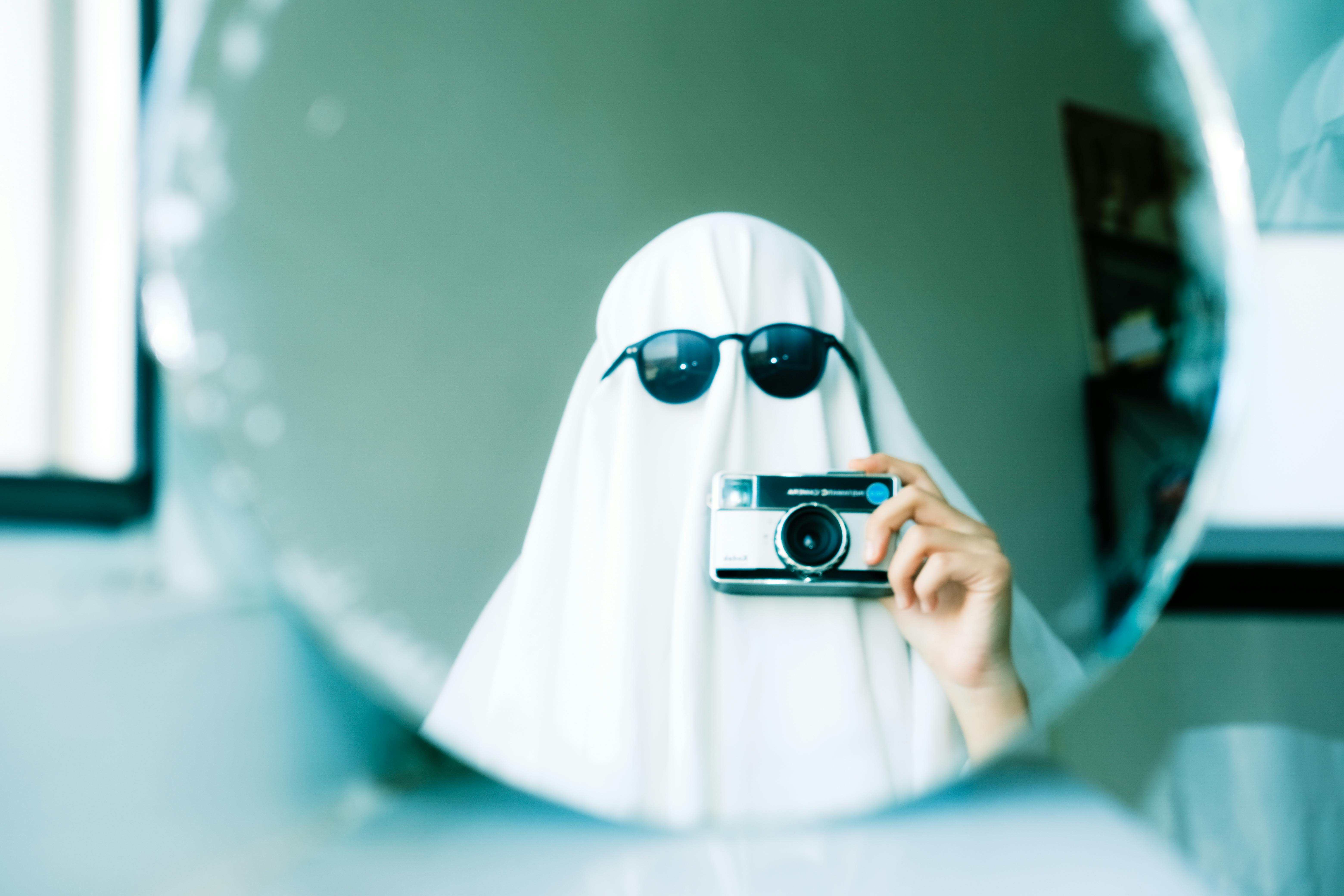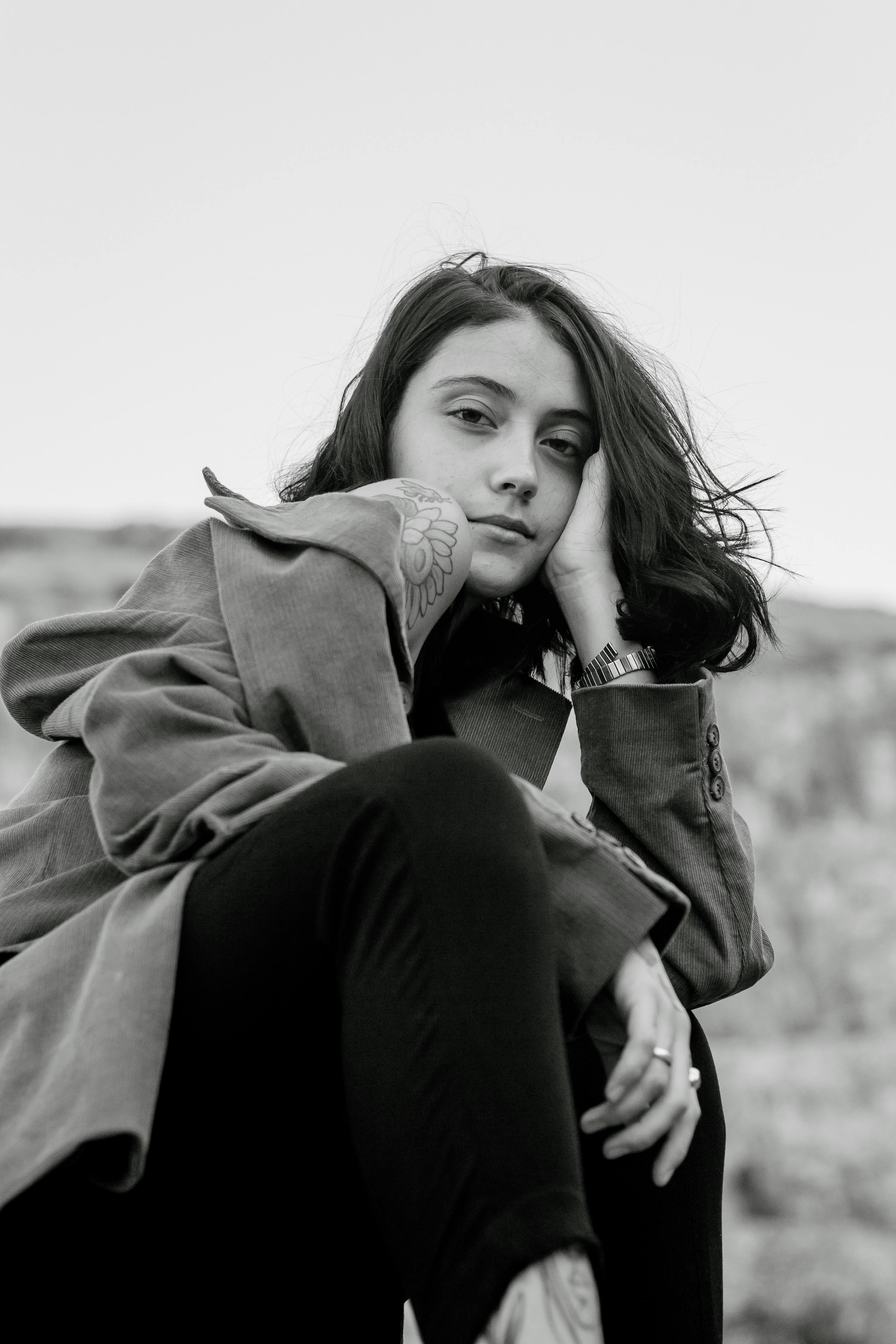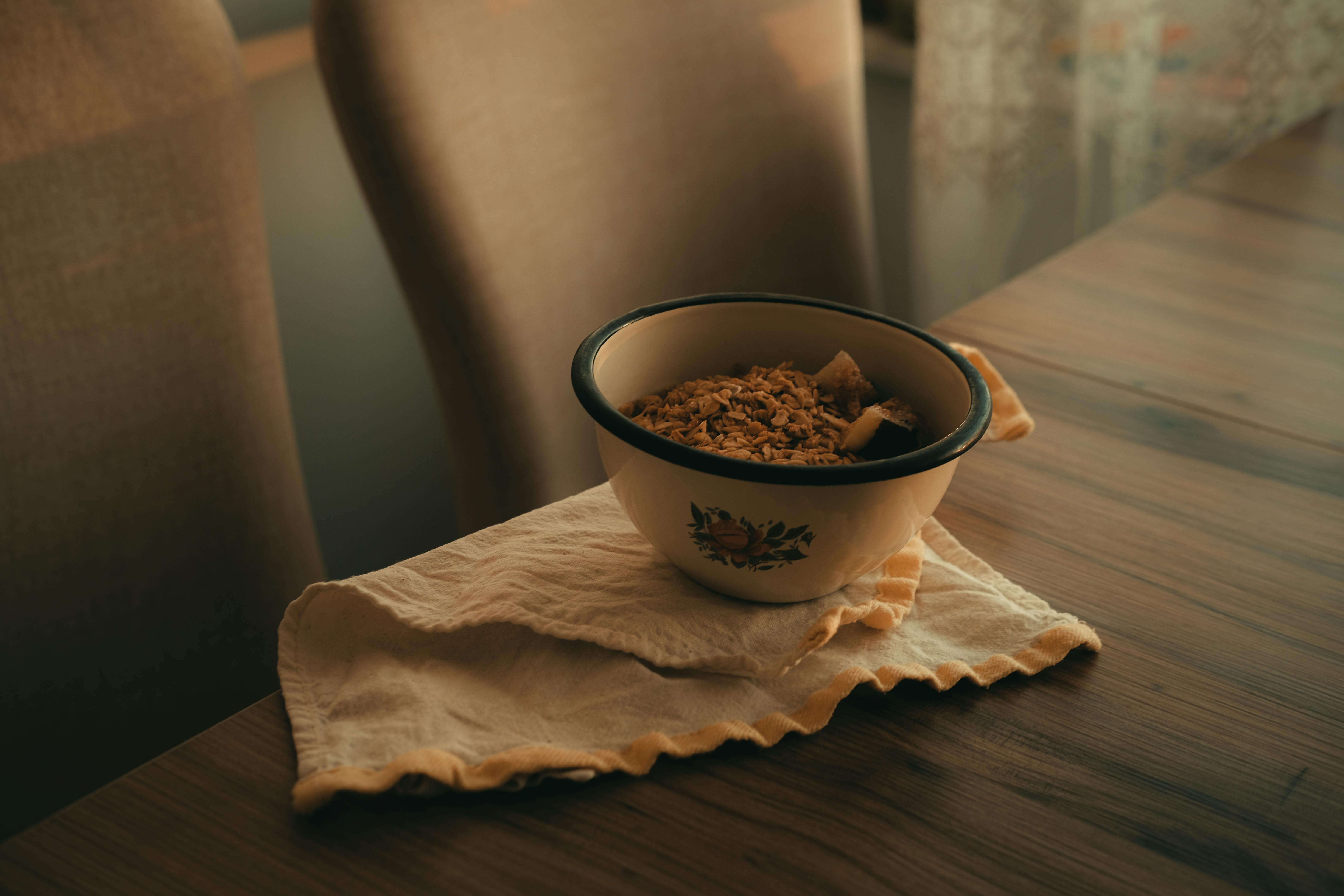Understanding Film Photography
Film photography is a classic and nostalgic way of capturing images. Unlike digital photography, film photography utilizes traditional photographic film to capture and develop images. If you’re new to film photography, it’s important to understand the basics before diving in.
What is film photography?
Film photography involves the use of a film camera and photographic film to capture images. It requires careful consideration of composition, exposure, and film type, as these elements directly impact the final result. Shooting with film often yields a unique aesthetic and a tangible quality that many photographers find appealing.
Advantages of film photography
One of the primary advantages of film photography is its ability to produce images with a distinct charm and character. Film cameras offer a wide range of options, allowing you to experiment with different types of film to achieve the desired effect. Additionally, film photography promotes a more deliberate approach, as you only have a limited number of exposures. This encourages a greater focus on composition and capturing the perfect shot.
While film photography has its appeal, it does come with some disadvantages. First, shooting with film requires a more substantial investment in terms of purchasing film rolls and developing expenses. Additionally, film cameras tend to be bulkier and less technologically advanced compared to digital counterparts. Lastly, the film development process can be time-consuming, and there is always the possibility of a damaged or unsuccessful roll.
In essence, film photography provides a charming alternative to digital photography, with its distinct aesthetic and deliberate approach. While it may have its drawbacks, many photographers find joy in the process and the tangible results it produces. So, if you’re interested in exploring film photography, it’s time to embrace the fundamentals and embark on this timeless photographic journey.
Types of Film
Interested in film photography? Before getting started, it’s essential to understand the different types of film available. Each type offers a unique aesthetic and shooting experience.
Black and white film
Black and white film, known for its timeless and artistic appeal, is a great choice for beginners. It allows you to focus on the composition, texture, and contrast of your subjects. Plus, developing black and white film is relatively straightforward and can be done at home with basic tools.
Color film
If you want to capture vivid and lifelike colors, color film is the way to go. This type of film reproduces hues and tones with stunning accuracy, allowing your images to come to life. Whether you’re photographing landscapes, portraits, or everyday life, color film adds a vibrant touch to your shots.
Slide film
Slide film, also known as transparency or reversal film, offers rich and vibrant colors along with high contrast. It’s a popular choice for photographers who crave a bold and dramatic look. Keep in mind that slide film requires precise exposure, while the developing process may be more complex than other film types.
By familiarizing yourself with the different types of film available, you can choose the one that aligns with your creative vision. Remember, exploring and experimenting with each film type is the key to discovering your unique style in film photography. So grab your camera and have fun capturing moments on film!
Film Cameras
Film Camera Types
Film cameras come in various types, each with its unique characteristics and capabilities. A popular choice for beginners is the 35mm film camera, known for its simplicity and affordability. It uses 35mm film rolls, widely available in stores. If you prefer a vintage touch, consider trying medium format cameras that capture larger, higher-resolution images. For those seeking a more artistic approach, the large format cameras offer exceptional image quality and extensive control over depth of field.
Choosing the Right Film Camera
When selecting a film camera, consider factors such as your budget, desired image quality, and intended subjects. Research different models, read reviews, and seek advice from experienced photographers. Determine whether you want a fully manual camera or one with more automatic features. Additionally, think about the availability of accessories, like lenses and filters, as it may impact your shooting experience.
Getting to Know Your Film Camera
Once you’ve acquired a film camera, take time to familiarize yourself with its functions and features. Read the camera manual thoroughly, learning how to load/unload film, adjust settings like aperture and shutter speed, and use the viewfinder effectively. Practice handling the camera, getting comfortable with its weight, and experimenting with different shooting techniques. Remember, the more you understand your camera, the better you can capture beautiful moments on film.
So, are you ready to dive into the enchanting world of film photography? Embrace the distinctive qualities that film cameras offer, and get ready to embark on a creative journey capturing timeless moments.
Film Formats
If you are intrigued by the world of film photography, one of the first things to understand is the different film formats available to you. Film formats refer to the size and type of film used in a camera. Each format offers unique characteristics and advantages. Here are three commonly used film formats:
35mm film
35mm film is the most popular and widely used film format. It is compact and versatile, making it suitable for a wide range of photography styles. The standard size of 35mm film is 36mm x 24mm, and it captures a good balance between detail and grain. This format is commonly used by amateur and professional photographers alike.
Medium format film
Medium format film offers a larger negative size compared to 35mm film. It typically measures 60mm x 45mm or 60mm x 70mm, resulting in higher resolution and richer details. This format is favored by portrait and landscape photographers who desire exceptional image quality.
Large format film
Large format film is the ultimate choice for photographers seeking the highest level of detail and control. This format produces large negatives, typically measuring 4×5 inches or 8×10 inches. Large format cameras allow for extensive movements and adjustments, making them ideal for architectural and studio photography.
Understanding these film formats will help you choose the right one for your creative vision and photographic needs. Experiment with different formats and embrace the unique qualities that film photography has to offer.
Film Speed
Film speed is an important aspect of film photography that you should understand when getting started. It refers to the sensitivity of the film to light. Understanding film speed is crucial as it directly impacts the quality and look of your photographs.
Understanding film speed
Film speed is measured by its ISO rating, which indicates how sensitive the film is to light. A lower ISO rating, such as 100 or 200, means the film is less sensitive and requires more light to properly expose the image. On the other hand, a higher ISO rating, like 400 or 800, means the film is more sensitive and can capture images in low light conditions.
Choosing the appropriate film speed
When selecting a film speed, consider the lighting conditions you will be shooting in. If you’re shooting in bright daylight, a lower ISO film would be suitable to capture sharp and detailed images. In dimly lit environments or when shooting indoors, a higher ISO film would be more appropriate to avoid underexposed or blurry shots.
Understanding and experimenting with different film speeds will help you achieve the desired effects in your photographs. So start with the fundamentals of film photography and explore the world of shooting with different film speeds.

This image is property of images.pexels.com.
## Exposure in Film Photography
If you’re fascinated by the world of film photography, understanding exposure is essential to capturing stunning images. Exposure refers to how light enters the camera and affects the final outcome of your photographs. This section will guide you through the basics of exposure and its key components.
Understanding exposure
Exposure is determined by three elements: aperture, shutter speed, and ISO. These factors work together like pieces of a puzzle to control how much light reaches the film. It’s crucial to find the right balance between these three settings to achieve the desired exposure for your shot.
Aperture
Aperture controls the amount of light passing through the lens. It is measured in f-stops and determines the depth of field. A wider aperture (smaller f-number) creates a shallow depth of field, perfect for isolating your subjects. On the other hand, a smaller aperture (higher f-number) results in a larger depth of field, keeping more of your scene in focus.
Shutter speed
Shutter speed refers to the length of time the camera’s shutter remains open. It determines how much light enters the camera and affects motion blur. Fast shutter speeds (1/500th of a second or faster) freeze action, while slower speeds (1/60th of a second or slower) create motion blur for artistic effects.
ISO and exposure triangle
ISO measures the film’s sensitivity to light. A lower ISO (100-400) is ideal for sunny outdoor conditions, while higher ISOs (800-3200) are more suitable for low-light situations. The exposure triangle illustrates the relationship between aperture, shutter speed, and ISO, showing how adjustments in one setting require changes in the others to maintain correct exposure.
Mastering exposure is crucial for achieving your desired photographic results. By understanding aperture, shutter speed, and ISO, you’ll be well on your way to capturing stunning film photographs.

This image is property of images.pexels.com.
## Film Development
When it comes to film photography, there’s something truly magical about the process of developing your own film. It allows you to have complete control over the final outcome of your images, from the exposure to the development and beyond. In this section, we will explore the various aspects of film development, from developing black and white film to color film development and even DIY film development.
Developing black and white film
Developing black and white film is a relatively straightforward process that can be done at home with minimal equipment. It involves immersing the exposed film in a series of chemicals to bring out the latent image. From mixing the developer to controlling the temperature and time, you have the power to customize the look of your black and white photographs.
Color film development
Color film development is a bit more complex than black and white development. It requires precision and attention to detail to achieve accurate colors. The process generally involves a series of chemical baths, each designed to bring out a specific color layer in the film. While it may seem daunting at first, with practice and patience, you can master the art of color film development.
DIY film development
For the adventurous film photographer, DIY film development opens up a world of creative possibilities. From experimenting with alternative developing methods to using unconventional materials, the DIY approach allows you to push the boundaries and create unique and artistic images. While it may require some trial and error, the satisfaction of seeing your unique vision come to life is well worth the effort.
Now that you have a basic understanding of film development, you can dive deeper into this fascinating world and start developing your own film. Remember, practice makes perfect, so don’t be afraid to make mistakes along the way. Embrace the process and enjoy the journey of capturing moments on film.

This image is property of images.pexels.com.
## Film Photography Techniques
Film photography is a timeless art that allows you to capture moments on film, creating beautiful and tangible prints. Whether you’re a beginner or an experienced photographer looking to explore a new medium, learning the fundamentals of film photography is essential. In this section, we’ll explore some key techniques that can greatly enhance your film photography skills.
Composition
Composition is vital in any type of photography, and film photography is no exception. By carefully arranging the elements in your frame, you can create visually appealing and balanced images. Consider the rule of thirds, leading lines, and the placement of your subject to achieve a pleasing composition.
Lighting
Understanding how to work with light is crucial in film photography. Natural light can create a soft and warm ambiance, while artificial light can provide a more dramatic effect. Experiment with different types of lighting and learn to control exposure to achieve your desired results.
Depth of Field
Controlling the depth of field allows you to isolate your subject and create a sense of dimension in your photos. By adjusting your aperture, you can create a shallow depth of field, resulting in a blurred background, or a deep depth of field, where your subject and background are in focus.
Double Exposure
One unique aspect of film photography is the ability to create double exposures. This technique involves exposing the film to two separate images, resulting in a blend of both. Experiment with different compositions and exposures to create captivating and artistic double exposures.
Long Exposure
Long exposure photography is another fascinating technique in film photography. It involves using a slower shutter speed to capture images over an extended period, resulting in motion blur or light trails. This technique can be used to capture stunning night scenes or create dreamy effects with moving subjects.
With these fundamental film photography techniques in your repertoire, you’ll be well on your way to creating stunning and memorable images. So grab your camera, load up some film, and let your creativity soar in the world of film photography.
Film Photography Tips
Film photography has a distinct charm that digital photography often lacks. If you’re interested in exploring the basics of film photography, here are some essential tips to get you started.
Metering
Metering is a crucial aspect of film photography. Unlike with digital cameras, film cameras don’t have instant feedback on exposure. To ensure well-exposed photos, you need to understand how to use a light meter effectively. Familiarize yourself with the different metering modes available on your camera and learn how to adjust your settings accordingly.
Bracketing
Bracketing is a helpful technique in film photography that involves taking multiple shots of the same subject at different exposures. This ensures that you capture a well-exposed image, particularly in challenging lighting conditions. Experiment with different exposures to see the impact they have on your final images.
Using filters
Filters can significantly enhance your film photography. They can help correct colors, reduce glare, or add creative effects such as polarizing or graduated filters. Learn about the various filter options available and how to use them effectively to achieve your desired results.
Keeping your film safe
Storing and handling your film correctly is crucial to maintaining its quality. Store film in a cool, dry place, away from direct sunlight. When loading and unloading film, do it in a dark room or use a changing bag to avoid exposing it to light. Properly protect your film from extreme temperatures or humidity to preserve its colors and sharpness.
Remember, film photography is a delightful journey of exploration. With these fundamentals in mind, you’ll be well on your way to capturing beautiful and timeless images. So grab your film camera, load some film, and embark on your film photography adventure!
Film Photography Resources
If you are interested in film photography basics, you’ve come to the right place! This article aims to provide you with the fundamental resources you need to dive into the captivating world of film photography. Whether you’re a beginner or have some experience, these resources will help you hone your skills and enhance your understanding of the medium.
Books on film photography
Books are a fantastic way to learn about film photography techniques, equipment, and the creative process. Some must-reads include “Understanding Exposure” by Bryan Peterson and “The Film Photography Handbook” by Chris Marquardt and Monika Andrae. These comprehensive guides cover everything from camera settings to developing film, making them invaluable resources for any aspiring film photographer.
Online communities and forums
Connecting with fellow film photography enthusiasts can be incredibly beneficial. Joining online communities and forums allows you to share your work, ask questions, and learn from experienced photographers. Popular platforms such as Reddit’s r/Analog and Flickr’s film photography groups are great places to start engaging with like-minded individuals.
Film photography workshops
If you prefer hands-on learning, attending film photography workshops can provide valuable insight and hands-on experience. These workshops often cover topics such as camera operation, film selection, exposure techniques, and darkroom skills. Look for workshops in your area or consider attending specialized workshops hosted by renowned photographers.
By utilizing these film photography resources, you can build a solid foundation in the basics of film photography and embark on an exciting journey of creative exploration. Happy shooting!
